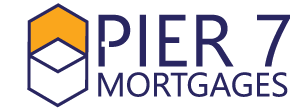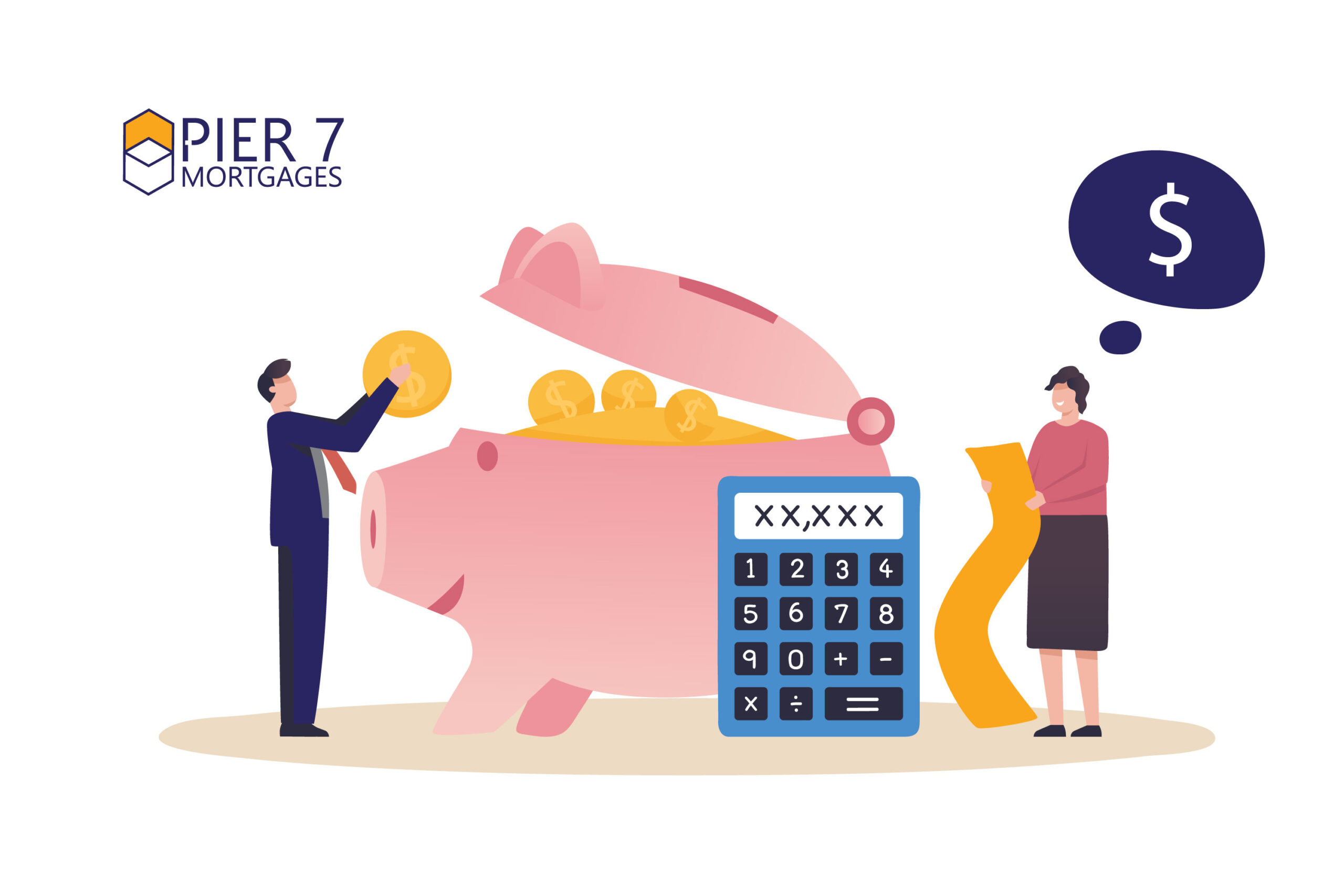As fixed mortgage rates continued to rise last week, variable-rate holders are expected to see their own increase next week, with the Bank of Canada potentially on course to raise rates by 50 bps.
All of Canada’s Big 6 banks now expect the Bank of Canada to hike its overnight target rate by 50 basis points next week, which would bring its key lending rate to 1.00%.
That follows the quarter-point hike the BoC delivered in March, and would be the first half-point rate hike since 2000. Some economists expect that to be followed by another 50-bps hike in June, while others see a more gradual pace of tightening to bring the overnight rate to 2.00% by the end of 2022.
Bond markets, meanwhile, see the overnight rate rising even more aggressively to 2.50% by year-end, or 200 basis points higher than today’s level.
“While Canada’s inflation and wage pressures are more subdued relative to their U.S. counterparts, the environment and risks are definitely on the high side. The need to hike policy rates in Canada is just as pressing,” TD economists wrote in a recent note. “Just like with the Fed, the Bank of Canada (BoC) is coming from behind the inflation curve, creating greater urgency to anchor expectations.”
However, not everyone is convinced these aggressive projections will hold up.
“At this point, the market is pricing in a rapid hiking trajectory, with both central banks expected to reach 85% of their respective terminal rates in the coming 12 months. We think that’s way too rapid,” wrote CIBC economists Benjamin Tal and Katherine Judge.
“While central banks are now committed to higher rates, we see a much earlier pause to the hiking cycle as Powell and Macklem start to pay closer attention to a slowing economy, as opposed to continuing to chase a lagging indicator [inflation].”
Are today’s higher rates temporary or here to stay?
As mentioned above, fixed rates have continued their ascent over the past week, rising another 10 to 25 bps. Among the big banks, TD, BMO and National Bank of Canada delivered fresh rate increases.
Average deep-discount uninsured 5-year fixed rates are now hovering just shy of 4.00%.
With fixed mortgage rates potentially heading above the 4% mark, and variable rates expected to follow and narrow the spread in the coming months, some are questioning if higher rates are here to stay or if this is a temporary spike.
“The question now is whether we have entered a new era of steadily rising bond yields or whether this is just a short-term blip before we revert to our economy’s long-term trends of low growth, low inflation, and low rates,” wrote mortgage broker Dave Larock of Integrated Mortgage Planners.
“There is no guarantee that the past is prologue, but it seems reasonable to assume that the sources of today’s inflation pressures will eventually subside, and when they do, inflation could fall dramatically – along with bond yields, and the mortgage rates that are priced on them,” he added.
This is an important consideration for borrowers who are faced with the difficult decision of going fixed or variable.
Those choosing a long-term fixed rate run the risk of locking in at a peak, similar to what happened to borrowers in the spring of 2020 when fixed rates rose, but eventually fell back to record lows.
Larock noted that borrowers who secured 5-year fixed rates above 3% in the spring of 2020 locked in at a high. Some who were with “fair penalty” lenders chose to break their mortgages to take advantage of falling rates, while others were effectively stuck with their rate due to prohibitive prepayment penalties.
When will we reach the Bank of Canada’s neutral rate?
Much hinges on when the Bank is able to reach its target neutral rate, which is the level where the economy is at full strength and inflation is on target, or 2.25% in the BoC’s case.
“In practice, as they begin a tightening cycle, central bankers don’t know with certainty where the neutral rate lies, but they know it when they see it,” CIBC economists wrote in a note entitled Canadian rate hikes: Where’s the finish line? “A slowing in the economy that threatens to take the economy away from a starting point of full employment, or a drop in inflation to below target, can be signposts that rates are above neutral.”
The question is, how likely is a forthcoming recession, which could end up reversing Bank of Canada rate hikes and sending mortgage rates lower again? Closely watched indicators are signalling a growing risk that a downturn could be on the horizon.
Last week, 10-year U.S. Treasury yields fell below 2-year yields. When the rate of short-term bonds drops below longer-term bonds, that’s known as yield inversion and often serves as a warning of an upcoming recession.
“With the yield curve implying rising recession risk, there’s a fair likelihood that prime rate may fall back to its 10-year mean within 36 to 48 months,” rate analyst Rob McLister noted.
“For that reason, borrowers who lock into fixed at rates in the mid-to-upper 3% range must balance unexpected inflation/rate risk with recession risk,” he said. “As rates approach 4%, some would argue the outlook tilts to the latter risk.”
Having said that, McLister added that inflation could prove “far more persistent than central banks expect, which could leave rates above ‘neutral’ for most of the next five years.”
For that reason, he argues that “insurance” in the form of longer-term fixed rates is still an appropriate choice for the most risk-averse borrowers.


